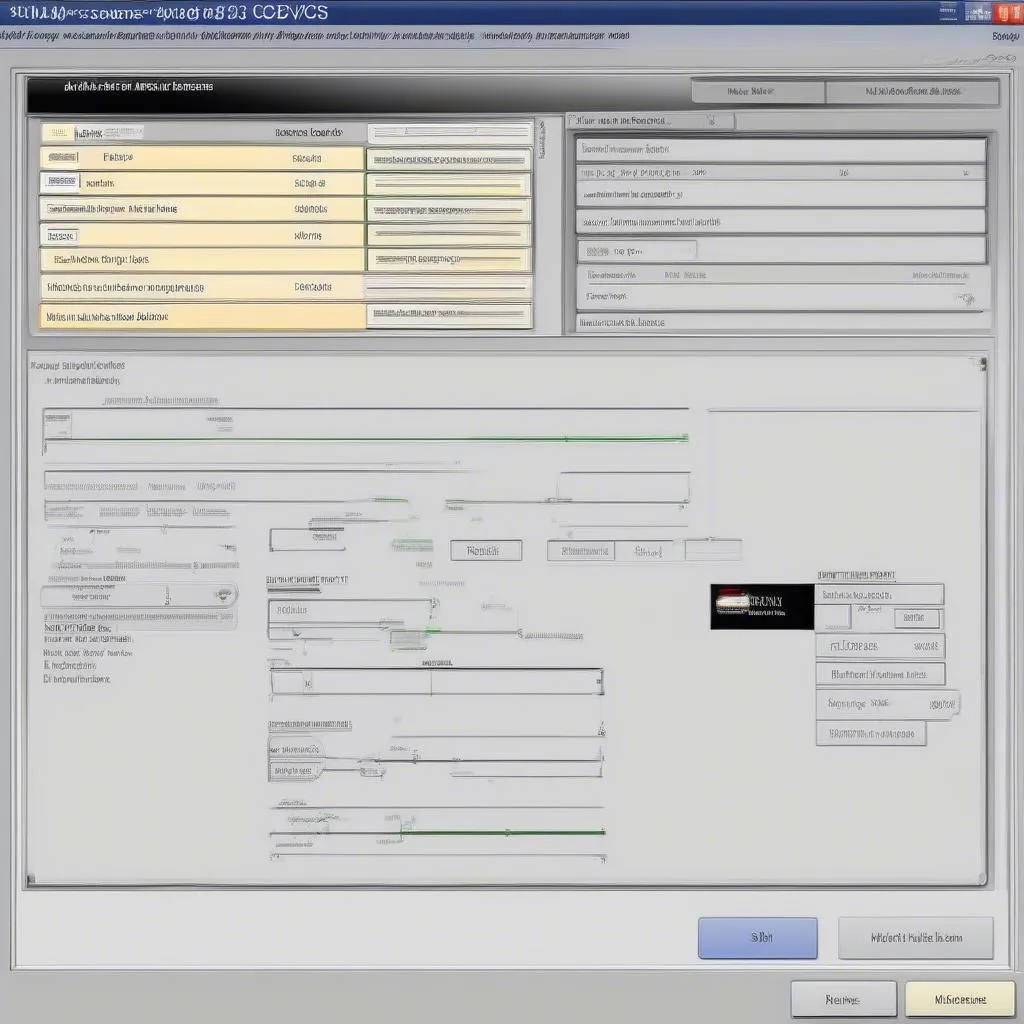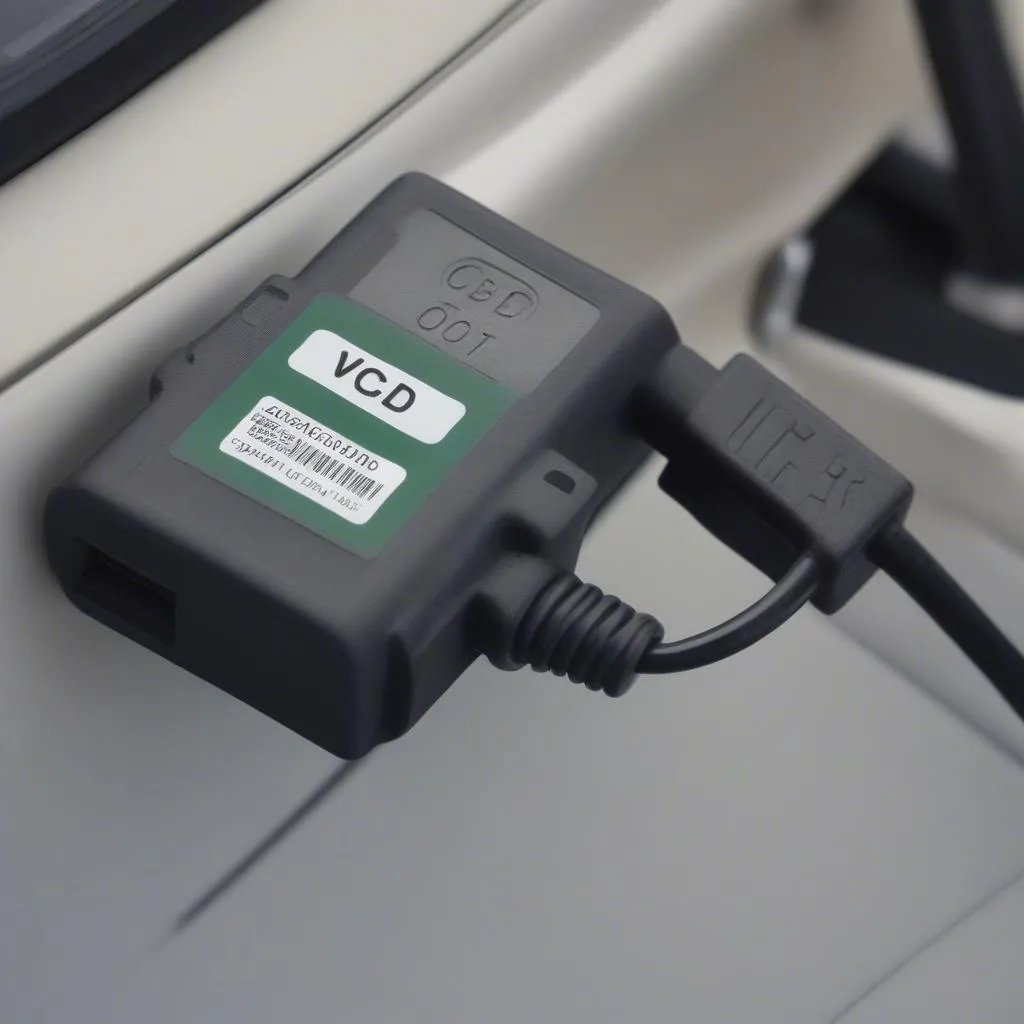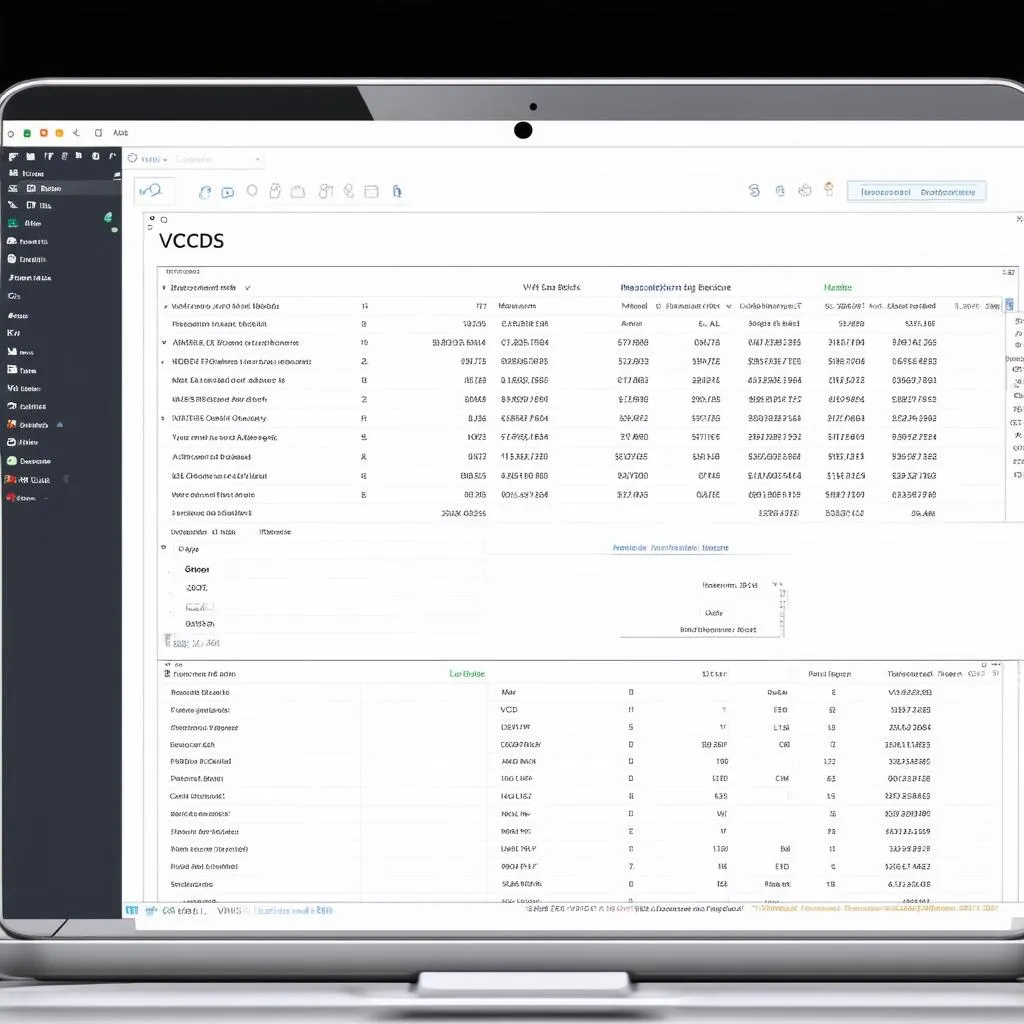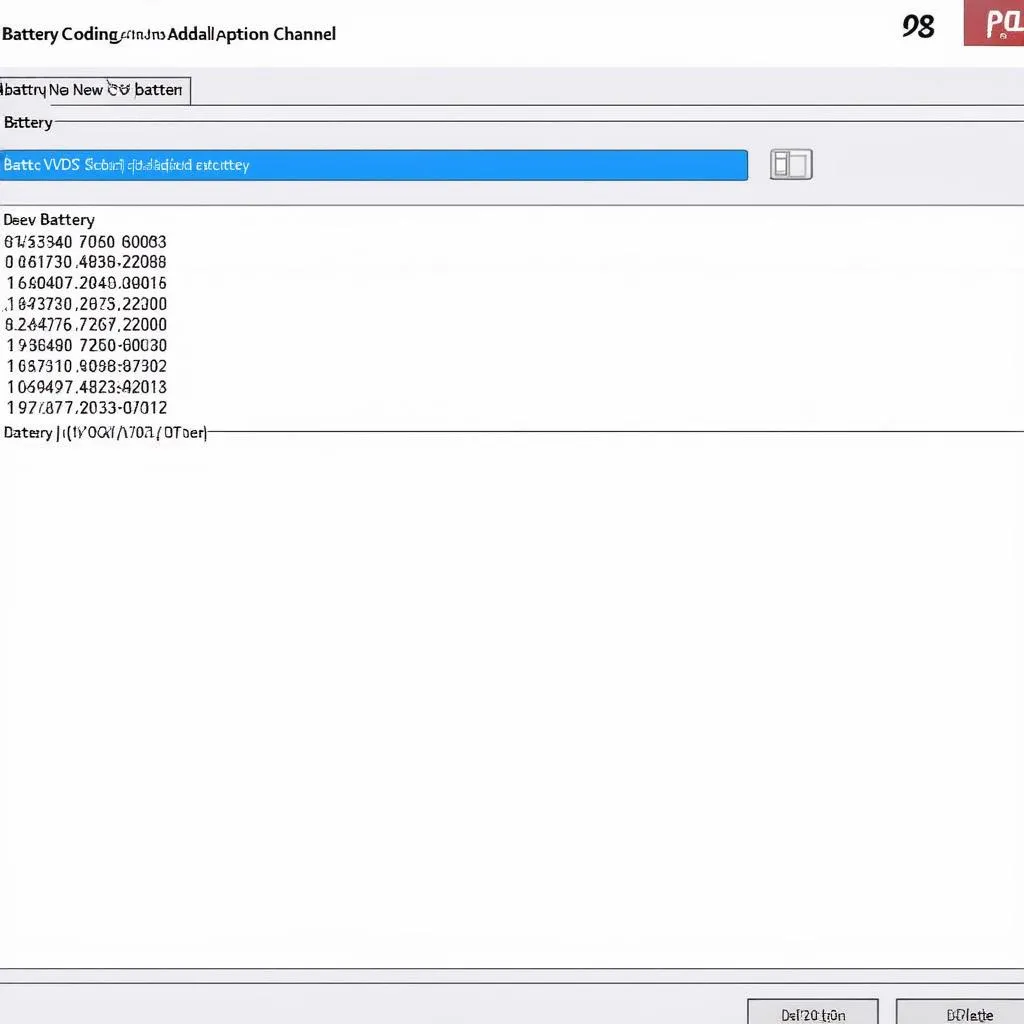As an automotive technician, you know that accurate and efficient diagnostics are the backbone of effective vehicle repair. That’s where VCDS (Vag-Com Diagnostic System), formerly known as VAG-COM, comes in. VCDS is a powerful diagnostic software designed for Volkswagen Group vehicles (Volkswagen, Audi, Seat, Skoda, Bentley, Lamborghini). This comprehensive guide will cover everything a VCDS user needs to know, from basic operations to advanced functionalities.
Understanding VCDS Software
VCDS software provides a user-friendly interface to communicate with your vehicle’s onboard computer. It allows you to:
- Read and Clear Fault Codes: Identify and clear Diagnostic Trouble Codes (DTCs) across all vehicle systems.
- View Live Data: Monitor sensor readings, actuator statuses, and other real-time parameters to diagnose problems effectively.
- Perform Output Tests: Activate components like lights, windows, and relays to pinpoint malfunctions.
- Access Advanced Functions: Carry out adaptations, coding changes, and other specialized procedures.
 VCDS Software Screenshot
VCDS Software Screenshot
VCDS User Interface and Navigation
The VCDS user interface is designed to be intuitive even for first-time users:
- Vehicle Selection: Choose your vehicle’s specific model and year to ensure accurate data interpretation.
- Control Modules: Select the control module (engine, transmission, ABS, etc.) you want to diagnose.
- Function Selection: Options for reading codes, viewing live data, and performing other tasks will be available.
 VCDS Cable Connection
VCDS Cable Connection
Benefits of Being a VCDS User
- Cost-Effective Diagnostics: VCDS eliminates the need for frequent trips to the dealership for basic diagnostics, saving you time and money.
- In-Depth Vehicle Knowledge: Gain a deeper understanding of how your vehicle’s systems work and diagnose problems with greater precision.
- DIY Repairs and Modifications: VCDS empowers you to perform certain repairs and modifications yourself, giving you greater control over your vehicle.
VCDS User Tips
- Regular Updates: Keep your VCDS software up-to-date to ensure compatibility with the latest vehicle models and software versions. You can often find updates and support resources on the official website of the software provider, such as Cardiagtech.
- Error Interpretation: Don’t solely rely on generic code definitions. Consult factory repair manuals and online resources to understand the specific implications of each fault code for your vehicle model.
- Caution with Advanced Functions: While VCDS unlocks advanced functionalities, exercise caution when making coding changes or adaptations. Incorrect settings can lead to unexpected vehicle behavior.
Common VCDS User Questions
Q: Is VCDS compatible with my vehicle?
A: VCDS is primarily designed for Volkswagen Group vehicles (VW, Audi, Seat, Skoda, etc.). Check the official VCDS website for a complete vehicle compatibility list.
Q: Can I use VCDS to modify my car’s performance?
A: While VCDS allows some performance-related adaptations, it’s crucial to understand the implications of such changes. Modifications should be performed responsibly and within safe limits.
Q: I’m getting an error message. What should I do?
A: Note the specific error code and consult the VCDS website, online forums, or your VCDS reseller for troubleshooting advice.
Conclusion
VCDS empowers car owners and technicians with a comprehensive tool for in-depth vehicle diagnostics. Its user-friendly interface, coupled with powerful functionalities, makes it an invaluable asset for anyone looking to understand and maintain their vehicle better. Whether you’re troubleshooting a warning light, analyzing live data, or performing advanced coding, VCDS provides the insights and control you need.
Remember to use VCDS responsibly and always refer to reliable sources for information and guidance. For assistance with choosing the right diagnostic tools or for in-depth technical support, don’t hesitate to reach out to us at Cardiagtech. We’re here to help you unlock the full potential of your diagnostic journey.


